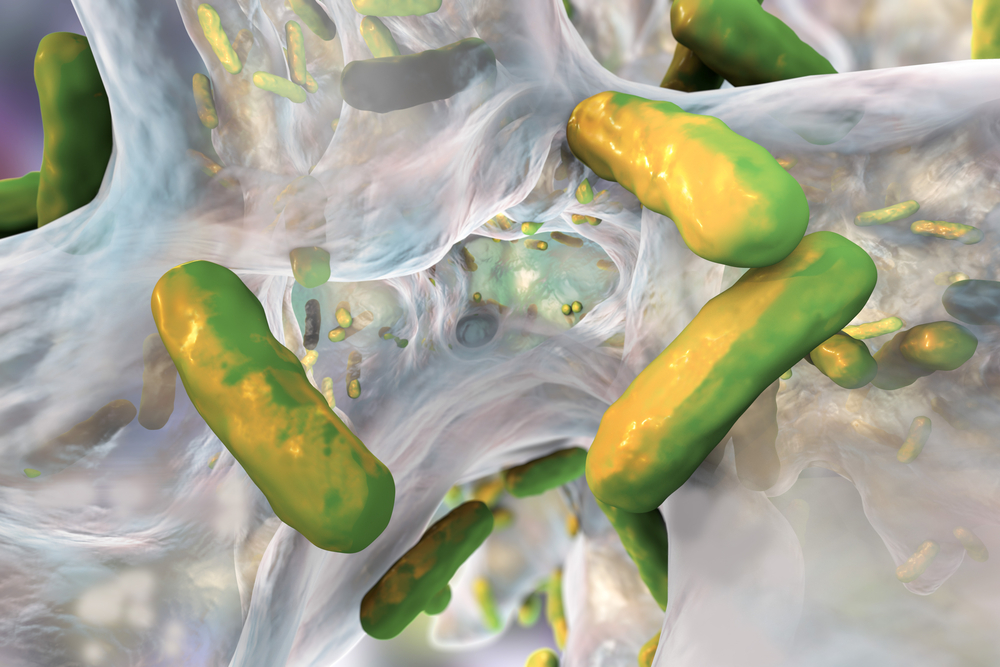Researchers Find Way to Improve Antibiotics’ Efficacy Against Pseudomonas aeruginosa

Blocking superoxide dismutase, the enzyme that responds to stress, in Pseudomonas aeruginosa bacteria improves antibiotics’ efficacy, a Canadian study reported.
The study, “Superoxide dismutase activity confers (p)ppGpp-mediated antibiotic tolerance to stationary-phase Pseudomonas aeruginosa,” was published in Proceedings of the National Academy of Sciences (PNAS).
“We identified a new function important to antibiotic tolerance, which could be targeted to enhance the activity of our current antibiotics,” Dao Nguyen, MD, lead author of the study and associate professor in the department of Microbiology and Immunology at McGill University, said in a press release. “This is critical if we want to improve the efficacy of our antibiotics and prevent such treatments from failing.”
Antibiotics work well on actively growing bacterial cells. However, when bacteria grow slowly or stop growing (stationary phase) in conditions of starvation, they may develop tolerance to antibiotics.
P. aeruginosa is a highly antibiotic-resistant bacteria and the leading cause of lung infections in cystic fibrosis (CF) patients.
In times of stress and nutrition deficiency, guanosine pentaphosphate or tetraphosphate — (p)ppGpp — accumulates in the bacterial cell. A previous study showed that stress-induced accumulation of (p)ppGpp by P. aeruginosa was responsible for its drug tolerance.
Now, researchers have identified that superoxide dismutase (SOD; an enzyme that responds to (p)ppGpp) confers drug tolerance to laboratory-grown stationary phase P. aeruginosa. Strains of the bacteria lacking SOD succumbed to antibiotic treatment, the team reported.
“Up until now, antibiotic tolerance in slow-growing bacteria was widely attributed to the fact that targets of antibiotics were not available or inactive in ‘dormant’ cells. With this research, we have shown there is more to it than that,” Nguyen said.
The ability of an antibiotic to enter the bacterial cell also dictates its effectiveness. The porousness, or permeability, of the bacterial cell wall plays an essential role in the exchange of molecules with the environment. Researchers tested the cell wall permeability of P. aeruginosa by assessing the antibiotic level within the bacterial cells during the stationary phase.
They found that in P. aeruginosa strains lacking (p)ppGpp or SOD, there was 2 to 2.5 times more drug uptake compared with the parent strain (“normal” bacteria), indicating increased cell wall permeability.
“We identified a new link between the stress defense enzyme [SOD], the regulation of membrane permeability and antibiotic tolerance,” Nguyen said.
Funded by the Canadian Institutes of Health Research (CIHR), Burroughs Wellcome Fund, and Cystic Fibrosis Canada, the study highlights the potential to improve the efficacy of existing antibiotics to treat antibiotic-resistant infections such as P. aeruginosa.
“In the long run, the discovery of this promising cellular target could expand the utility of our antibiotics and make new ones more effective,” Nyugen said.







